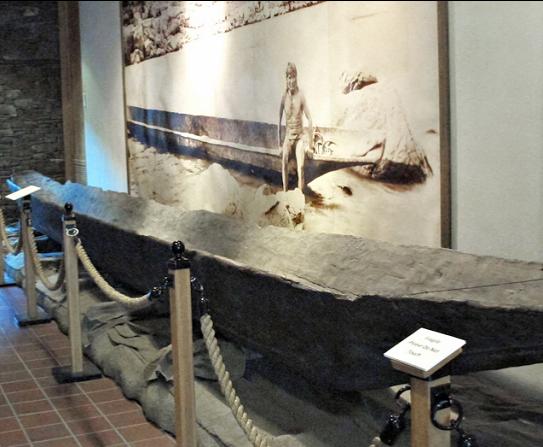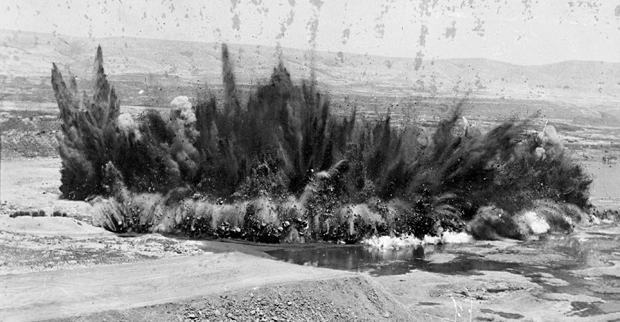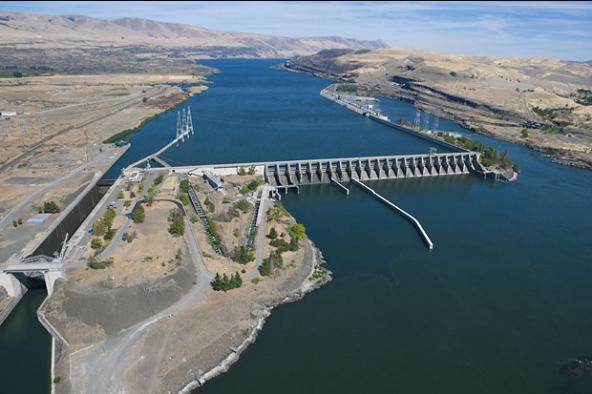The Columbia Gorge Discovery Center
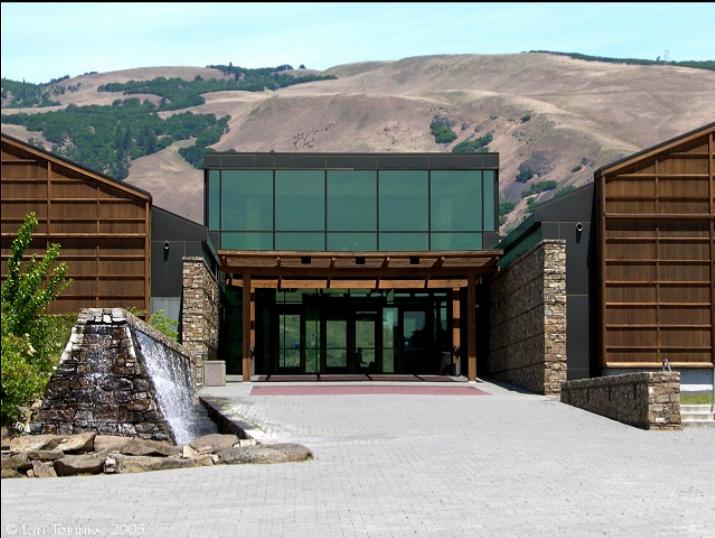
The Columbia Gorge Discovery Center outside The Dalles gives you a comprehensive look at the 40 million year evolution of this geological wonder and the 11,000 year story of its human inhabitants. The 54-acre museum site is adjacent to the Columbia River, the Lewis and Clark Trail, the Oregon Trail, the Historic Columbia Gorge Highway, and I-84. It is the terminus for the Dalles Riverfront Trail, which links to the Dalles Dam and Visitor Center.
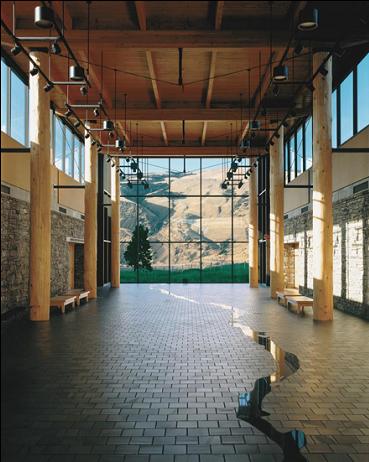
A tour begins in the lobby, with its inlaid stone floor map of the Columbia River.
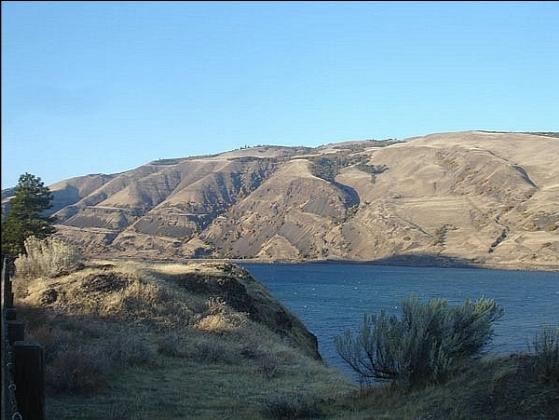
The museum site itself is a display of the formation of the gorge through the massive lava flows of Washington, Oregon, and Idaho.
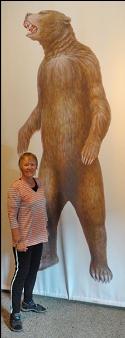
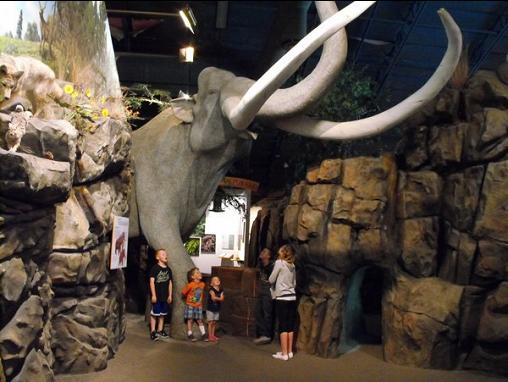
You can see life-size models and pictures of ice age mammals, like the Columbian Mamouth, short faced bear, sabre tooth tiger, or dire wolf, all of which lived here until about 11,000 years ago.
Some studies suggest that these large mammals were hunted to extinction by the newly arrived humans, while others point to environmental and climate changes.
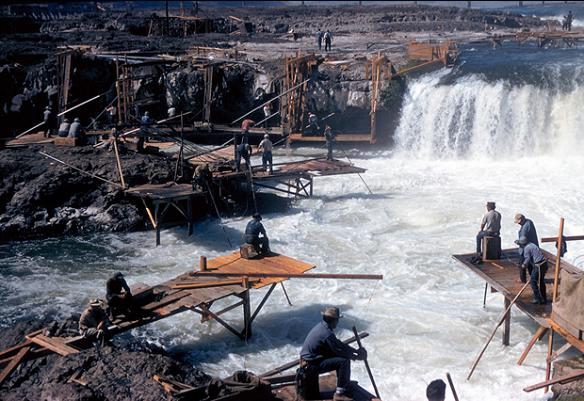
The villages around Celilo Falls were the oldest continually inhabited settlements (11,000 years) in North America until 1957, when they were flooded after the building of The Dalles Dam.
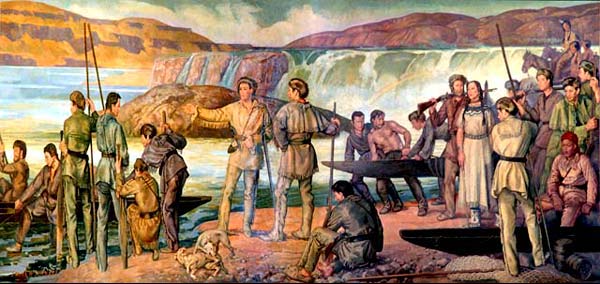
Lewis and Clark at Celilo Falls
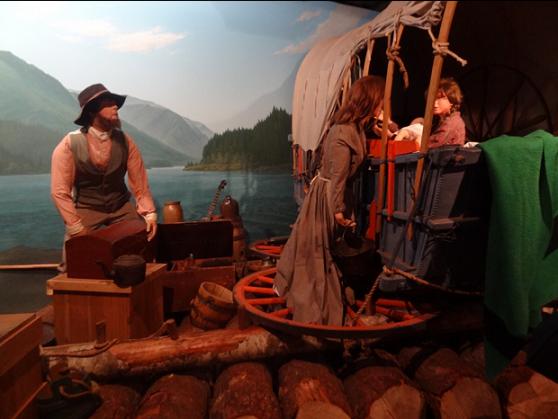
A Discovery Center diorama showing an Oregon Trail family rafting down the Columbia
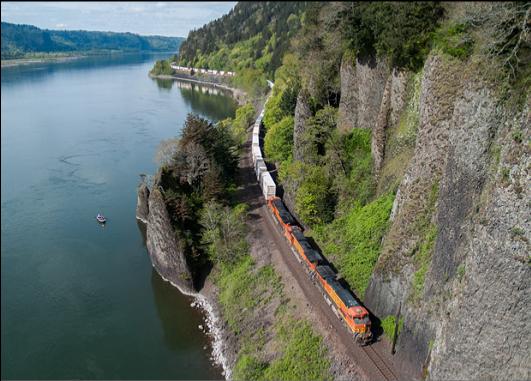
The first railroad in the Columbia Gorge was built in 1862 as a portage for river travel around Cascade Rapids, site of present day Cascade Locks. It used wooden rails. The following year, a portage railroad was built to take western immigrants around Celilo Falls by The Dalles. The first railroad to traverse the full length of the gorge was completed on the Washington side in 1908. The final cost was $40 million, $32 million over budget.
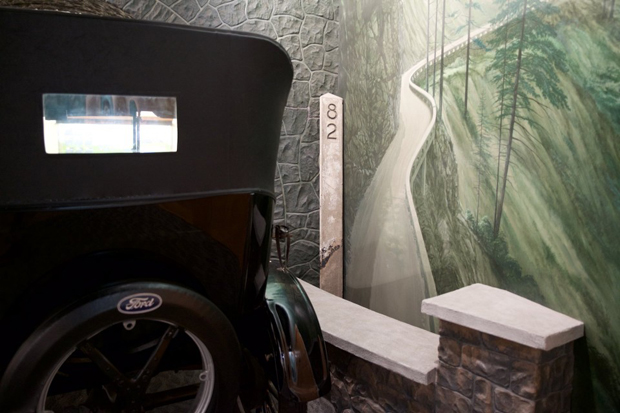
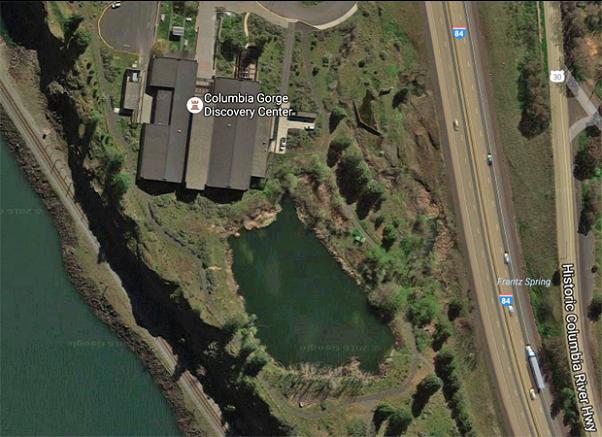
After the Native American trails, the Lewis and Clark route, and the Oregon Trail; after the railroad and the historic highway, came the Interstate, and finally, in 1997, the Columbia Gorge Discovery Center.
